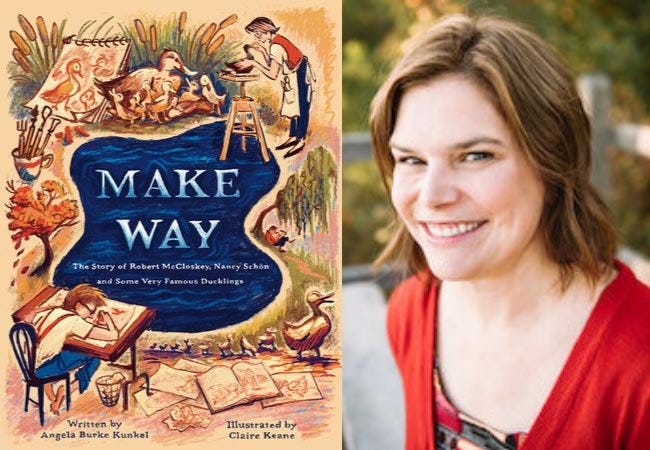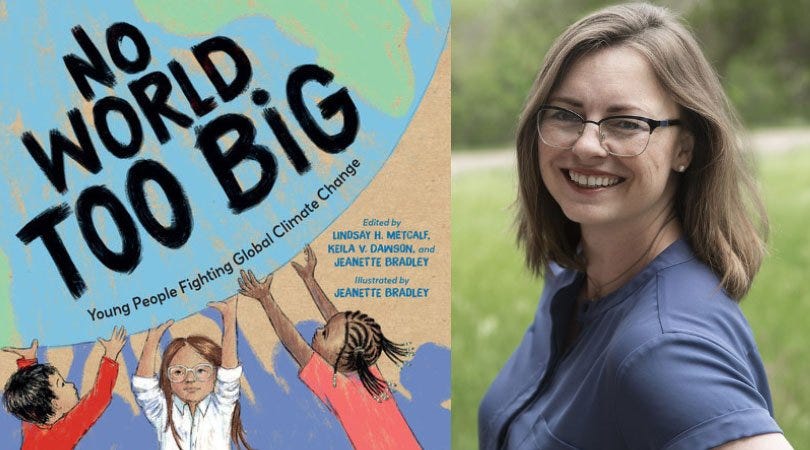20 Questions: Writing Processes
Welcome back to our series, 20 QUESTIONS!,
where we answer questions about writing, reading, and author life.
This month’s question:
What’s your writing process like?
“Even though I’m not an illustrator, I find doing a sketch dummy and/or a storyboard an invaluable part of my writing process! I usually do this as part of my revision process, and it’s most helpful when I’m feeling completely stuck and unsure what to change. Much like doodling, sketching out the action on each page frees up my brain to approach the story in a different way. The act of drawing helps me to think about what I truly want to say, what can be cut, and where I can leave room for the illustrator.”
— Angela Burke Kunkel, author of MAKE WAY: The Story of Robert McCloskey, Nancy Schön, and Some Very Famous Ducklings, illus. Claire Keane (Random House Studio, 2023)
“Chaotic! If I am drafting a new manuscript, I try to block off days or weeks where that’s what I focus on. My brain is freshest in the morning, after I drop kids off at school and the house is silent. I have to block off afternoons or whole days to check off marketing-related tasks because the creative side of my brain does not get along with the business side.”
—Lindsay H. Metcalf, co-editor of NO WORLD TOO BIG: Young People Fighting Global Climate Change, illus. Jeanette Bradley (Charlesbridge, 2023)
“My favorite time to write is in the mornings. When I’m working on a new manuscript, the blank page is less intimidating when I’m not fully awake. Plus, writing early makes me feel accomplished and then I’m ready to tackle the rest of the day.” – Kim Rogers, author of JUST LIKE GRANDMA, illus. Julie Flett and A LETTER FOR BOB, illus. Jonathan Nelson (Heartdrum, 2023)
“My process is very slow and soooo messy (but messy is the nature of any creative work!). I often start with a “kitchen sink draft” with every fact and figure just to get it all out of my system; it’s almost more of an outline. Then I think about what I’m trying to say and how that can lead to a more creative way to tell the story. This often involves thumbnailing the pages to consider what illustrations could show, sketching different story shapes and structures, writing poems, and trying different voices.”
—Kirsten W. Larson, author of THE FIRE OF STARS: The Life and Brilliance of the Woman Who Discovered What Stars Are Made Of, illus. Katherine Roy (Chronicle, 2023)
“My first drafts are always pen on paper. This helps keep my internal editor away so I can keep moving forward with the idea instead of trying to fix things up. Once written, I file it away in a new drafts folder. If the story is really calling to me, I will put it out and start revising within a week, else it could stay in there for months or years.”
—Darshana Khiani, author of I’M AN AMERICAN, illus. Laura Freeman (Viking, 2023)







